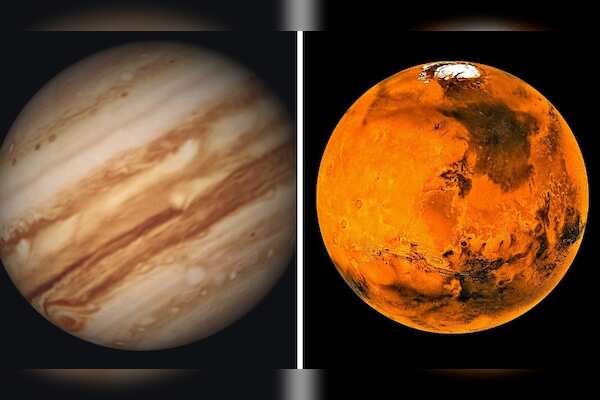A group of researchers tracking the journey of a meteor that crashed on Earth a decade ago were thrown off course by the vibrations caused by a passing truck driving down a nearby road. Last year, these scientists embarked on a mission to locate and examine remnants of the meteor, known as CNEOS 2014-01-08, in hopes of uncovering traces of extraterrestrial technology. According to planetary seismologist Benjamin Fernando from Johns Hopkins University, the signal they were following kept changing direction in a manner that perfectly aligned with the route of a nearby road, as reported by Science Alert.
This led them to suspect that the noise they were detecting was from a passing vehicle and not from the meteor they were tracking. Fernando explained, "It's a real challenge to distinguish between different sources of signals. However, by demonstrating that there are numerous signals similar to this one, displaying all the characteristics of a passing truck rather than a meteor, we can rule out the possibility of extraterrestrial origins. " Modern technological advancements have enabled scientists to monitor the entry points of meteors into the Earth's atmosphere and gauge the intensity of their impact. One method used to track significant meteors involves analyzing seismic activity, which results from the vibrations generated when these rocks enter and break apart within the atmosphere. In January 2014, the CNEOS 2014-01-08 meteor was observed entering Earth's atmosphere by US government satellites, with data suggesting a rapid movement that hinted at its potential origin from beyond our solar system. Harvard University researchers Avi Loeb and Amir Siraj sought to locate and study any remnants of this intriguing meteor. By examining seismic data collected from Manus Island, they speculated that the high-speed rock landed near Papua New Guinea. However, a separate research team led by Fernando became suspicious of the unusually precise measurements used to track the meteor's trajectory, especially given that they relied on data from a single monitoring station. Upon further investigation of seismic readings from additional stations near Papua New Guinea, they traced the signals back to the nearby road, debunking their initial assumptions about the meteor's landing site. Despite this setback, scientists emphasize that such misinterpretations are common in their line of work, underscoring the need for thorough analysis and verification methods. (With collaborative information from various sources)Scientists Distracted by Passing Truck in Search for Extraterrestrial Meteor
 8 months ago
1456
8 months ago
1456
- Homepage
- Tech & Sicence
- Scientists Distracted by Passing Truck in Search for Extraterrestrial Meteor
Related
NASA Faces 19-Day Deadline to Bring Back Astronauts from ISS...
3 months ago
1122
Nvidia potentially delaying release of data center GPU B200 ...
3 months ago
1138
Rare Celestial Event: Mars and Jupiter Alignment on August 1...
3 months ago
1505
Trending in United States of America
Popular
Disney's Major Investment in Epic Games Signals Next Chapter...
8 months ago
1804
Top commodity trader Andurand predicts quadruple increase in...
6 months ago
1741
Middle East tension boosts Brent crude above $90 for the fir...
7 months ago
1735
World of Warcraft Companion App to be Discontinued by Blizza...
7 months ago
1731
"Don't Take Travel for Granted: Tips for Traveling with Elde...
8 months ago
1729
© StoryBrut 2024. All rights are reserved








 English (US)
English (US)